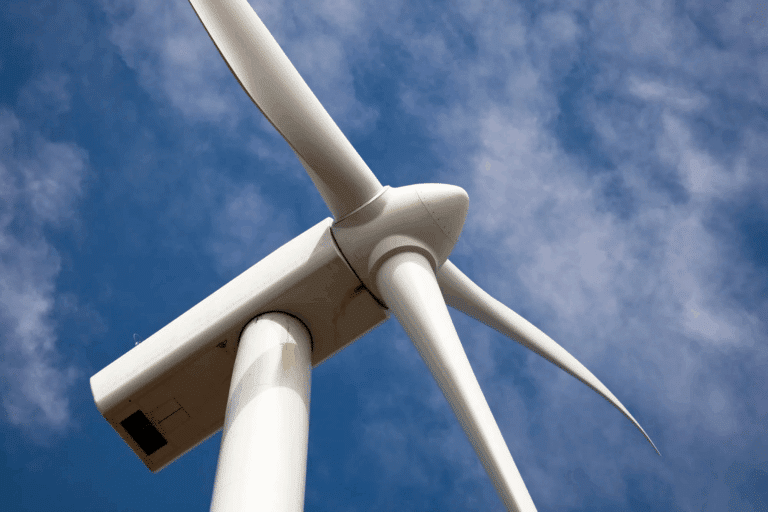This report represents the research and views of the author. It does not necessarily represent the views of the Center on Global Energy Policy. The piece may be subject to further revision. Contributions to SIPA for the benefit of CGEP are general use gifts, which gives the Center discretion in how it allocates these funds. More information is available at Our Partners. Rare cases of sponsored projects are clearly indicated. For a full list of financial supporters of the Center on Global Energy Policy at Columbia University SIPA, please visit our website at Our Partners. See below a list of members that are currently in CGEP’s Visionary Annual Circle.
-
CGEP’s Visionary Annual Circle
-
(This list is updated periodically)
Air Products
Anonymous
Jay Bernstein
Breakthrough Energy LLC
Children’s Investment Fund Foundation (CIFF)
Executive Summary
As global warming mitigation and carbon dioxide (CO2) emissions reduction become increasingly urgent to counter climate change, many nations have announced net-zero emission targets as a commitment to rapidly reduce greenhouse gas emissions. Low-carbon hydrogen has received renewed attention under these decarbonization frameworks as a potential low-carbon fuel and feedstock, especially for hard-to-abate sectors such as heavy-duty transportation (trucks, shipping) and heavy industries (e.g., steel, chemicals). Green hydrogen in particular, defined as hydrogen produced from water electrolysis with zero-carbon electricity, could have significant potential in helping countries transition their economies to meet climate goals. Today, green hydrogen production faces enormous challenges, including its cost and economics, infrastructure limitations, and potential increases in CO2 emissions (e.g., if produced with uncontrolled fossil power generation, which would be hydrogen but would not be green).
This report, part of the Carbon Management Research Initiative at Columbia University’s Center on Global Energy Policy, examines green hydrogen production and applications to understand the core challenges to its expansion at scale and the near-term opportunity to enable deployment. An analysis using Monte Carlo simulations with a varying range of assumptions, including both temporal (i.e., today versus the future) and geographical (e.g., the US, the EU, China, India, Japan) factors, anticipates emissions intensity and costs of producing green hydrogen. The authors evaluate these production costs for different scenarios as well as associated infrastructure requirements and highlight near-term market opportunities and policies to motivate development of the green hydrogen industry.
Key findings include:
- Green hydrogen could play a major role in a decarbonized economy. Green hydrogen and fuels derived from it (e.g., ammonia, methanol, aviation fuels) can replace higher-carbon fuels in some areas of the transportation sector, industrial sector, and power sector. They can provide low-carbon heat, serve as low-carbon feedstock and reducing gas for chemical processes, and act as an anchor for recycling CO2.
- The primary challenge to green hydrogen adoption and use is its cost. The cost of green hydrogen is high today, between $6–12/kilogram (kg) on average in most markets, and may remain high without subsidies and other policy supports. Zero-carbon electricity is the primary cost element of production (50–70 percent) even in geographies with significant renewable resources, with electrolyzers and the balance of system as secondary costs.
- Green hydrogen commercialization is also limited by existing infrastructure. Growing demand of green hydrogen will require enormous investment and construction of electricity transmission, distribution and storage networks, and much larger volumes of zero-carbon power generation, as well as electrolyzer production systems, some hydrogen pipelines, and hydrogen fueling systems. An 88 million tons per annum (Mtpa) green hydrogen production by 2030, corresponding to the Stated Policies Scenario from the International Energy Agency (IEA) for that year, could cost $2.4 trillion and require 1,238 gigawatts (GW) of additional zero-carbon power generation capacity.
- Some nations have developed hydrogen road maps with large green hydrogen components. The governments of Japan, Canada, and the EU (including some member nations, notably Germany) have published formal road maps for hydrogen production, use, and growth. These plans include industrial policy (e.g., subsidies for manufacturing electrolyzer and fuel cells), port infrastructure (e.g., industrial hubs), and market aligning policies. These plans may provide these nations a competitive advantage in scaling, using, and adopting green hydrogen.
- Additional factors could support or limit rapid scale-up of hydrogen production. Use of green hydrogen and hydrogen fuels could provide substantial additional benefits to local economies and environments, including reduction of particulate and sulfur pollution, maintenance or growth of high-wage jobs, and new export opportunities (fuels, commodities, and technologies). Public concerns around safety, ammonia toxicity, and nitrogen oxide (NOx) emissions, however, might present additional challenges to ramping up deployment of hydrogen systems.
Based on these findings, the authors recommend the following set of policy actions:
- Nations and regions that wish to pursue green hydrogen production and use should prioritize detailed analysis and planning today. Location and scale of infrastructure bottlenecks, limits to electrolyzer and fuel cell production, potential trade-offs in cost and speed with competition, resource availability, public risks, and financial gaps in specific markets and applications must be studied and considered in planning.
- To reduce emissions rapidly through green hydrogen deployment, nations and regions should adopt market-aligning policies and production standards. The substantial price gap between green hydrogen and “gray” hydrogen (produced with fossil fuels without carbon capture) calls for active policy intervention to bring production online to serve existing and future markets. This could include measures to reduce or subsidize the cost of zero-carbon electricity or measures to incentivize the value and use of low-carbon hydrogen.
- Local, regional, and national governments interested in green hydrogen development should prioritize the construction of necessary infrastructure. Major new infrastructure and infrastructure transformation (e.g., gas grid transformation for transporting and storing green hydrogen) is required for electricity transmission, hydrogen production, hydrogen storage, hydrogen transmission, fueling for transportation (both hydrogen and ammonia), and international trade ports.
- Governments pursuing green hydrogen should increase investments in innovation, including research, development, and demonstration (RD&D). Investments could be focused on the early-stage research on low technology readiness level approaches, improving manufacturing for commercialized technology, and novel ways of producing low-cost, zero-carbon electricity.
- Policymakers should appreciate and account for green hydrogen benefits outside of carbon abatement when crafting policies. Additional benefits can include reduction of criteria pollutants (e.g., sulfur, particulates, and nitrogen oxides) and grid reliability and resilience.


